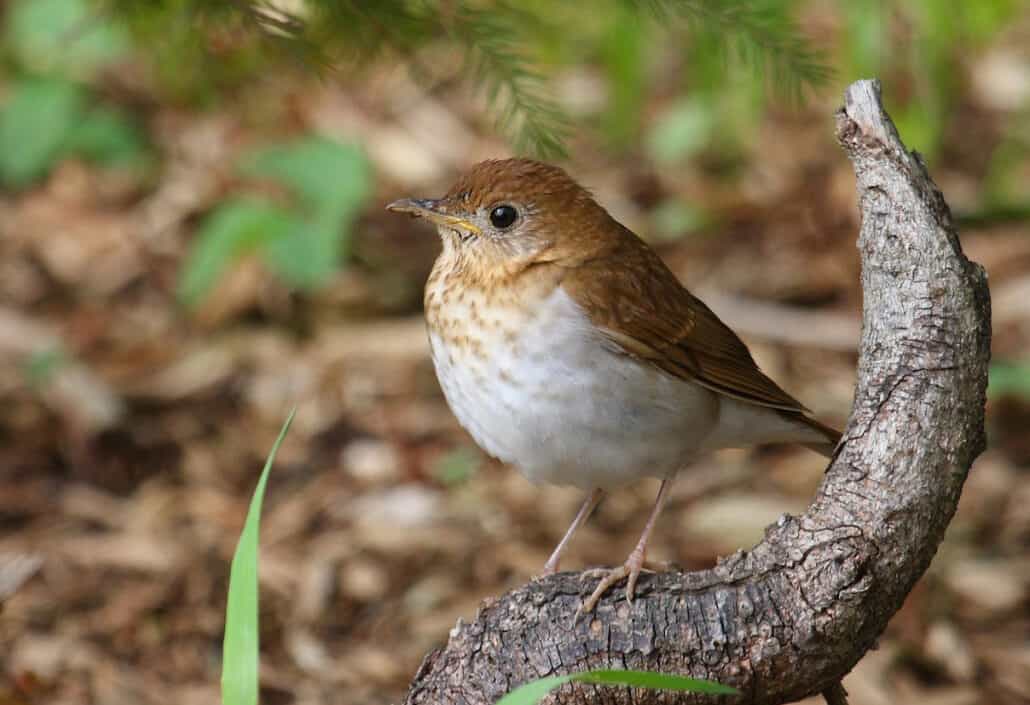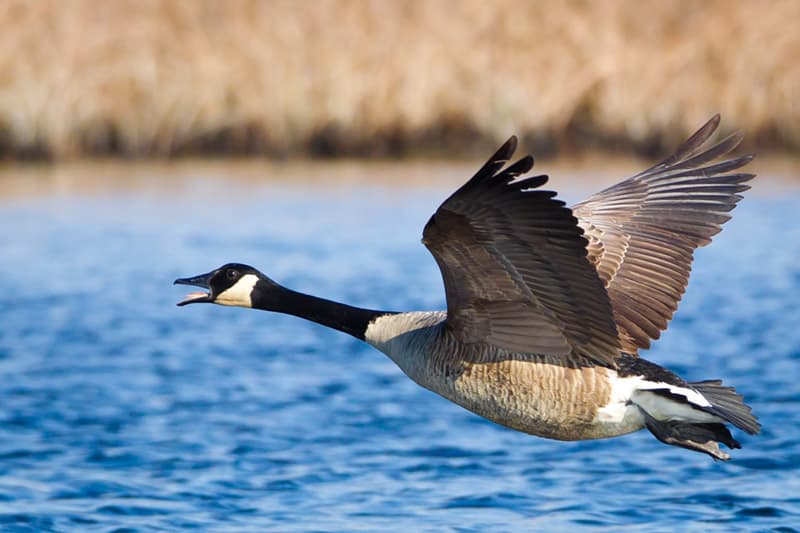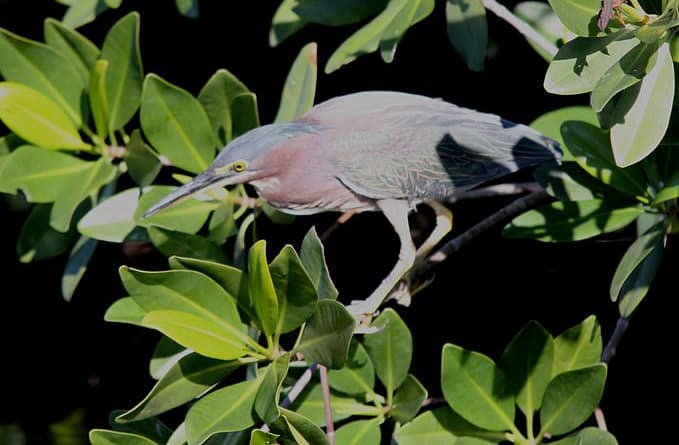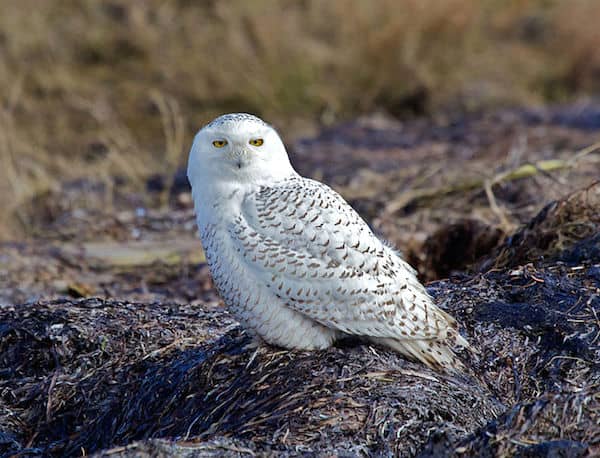Look for
The veery is a small, spot-breasted thrush. It is the rustiness of the eastern thrushes, with reddish-brown upperparts, a white belly, and pale gray flanks. Its breast is a pale yellowish-white with diffuse brown spotting that fades as it reaches its belly—the weakest breast spotting among eastern thrushes. It has a stout stature, dull pink legs, and ill-defined white eye-rings.
Listen for
The veery’s name represents its song, a whirling, ethereal, fluttery series of whistled veer notes that gradually lower in pitch. Its call is a sharp, singular veer.
Find it
The veery breeds in the northern U.S. as well as parts of southern Canada. It has a coast-to-coast range from British Columbia and Washington east to Newfoundland and New England. It also breeds further south in the Appalachian Mountains and into parts of Wyoming and Colorado. It prefers to live in dense, moist deciduous woodlands, usually near a body of water.
It can be found in a variety of trees including oak, birch, alder, fir, spruce, and more, choosing locations with thick understory. The veery migrates for the winter, moving south across the eastern and central parts of the United States, eastern Mexico, and the Caribbean islands to spend the winter in the northern and central parts of South America, where it lives in the understory of lowland tropical forests.
Diet
The veery feeds primarily on insects such as beetles, flies, grasshoppers, wasps, and crickets. Various small fruits such as blueberries, grapes, and strawberries make up a large portion of its diet during the summer and fall. On rare occasion it will also eat frogs and salamanders. The veery forages by walking along the forest floor or among low foliage. It sometimes searches among fallen leaves, or forages from a low branch in a tree or shrub.
Nesting Behavior
The veery places its nest on or close to the ground among thick undergrowth in a heavily wooded area. The female constructs a shallow, open, cup-shaped nest of bark, dead leaves, weeds, and twigs lined with fine plant fibers and rootlets. She lays three to five eggs that are a teal color with occasional dark spotting. The female alone incubates the eggs for 10 to 14 days before hatching. Both parents feed and care for the young before they leave the nest after 10 to 12 days.




